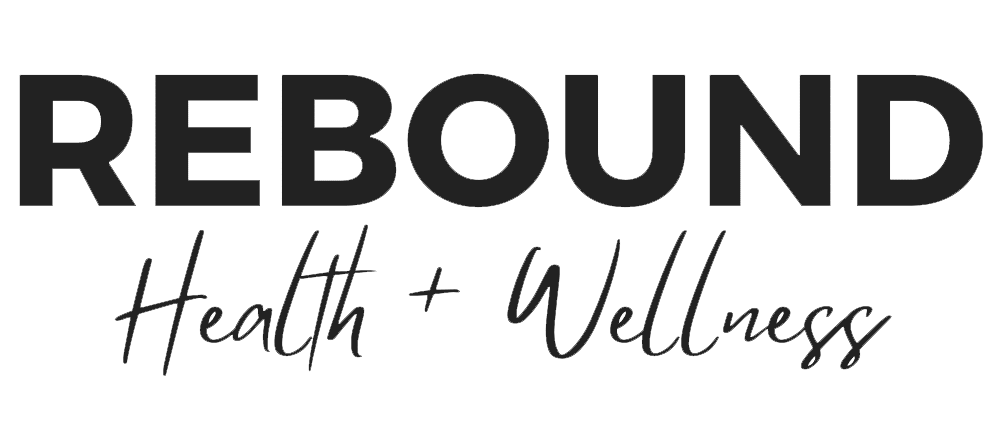My role is first and foremost to help my patients. What that entails fully depends on the person but most often the underlying reason to seek care is not so much an injury but a functional barrier. Something has either become difficult or unmanageable. My job is to get patients back to the activities and lifestyle they enjoy at the level they desire.
What does a chiropractor treat?
Any condition that affects the joints, muscles, or nerves of the body. From headaches to toe sprains (and of course back pain) we do it all.
What are the top three most common issues you help clients address?
Conditions due to overuse, underuse, or the unlucky people that have had some kind of mishap that resulted in injury. Or better known as sprains/strains, postural related pain/discomfort, and sports injuries.
What types of treatment methods/approaches do you use?
I’m going to break that down into 3 main categories:Education and Problem-Solving. I try to figure out if there is something simple patients are doing or can do in their everyday lives that impacts their recovery or performance. This means going over routines, training plans, movement patterns, habits and lifestyle. Restore Flexibility and Motion (mobility). I use a number of different joint and soft tissue (think muscle, ligament, and connective tissue) techniques. The main ones would be joint mobilization (gentle rhythmic joint movement), Active Release Technique, Fascial Stretch therapy, and exercises. I do adjust (crack) joints, but typically only when patients prefer. this method or I cannot get the desired outcome with another technique. Improve Stability and Control (strength). My preferred method is to teach exercises that patients can do at home or incorporate into existing gym routines. I am also trained in Rehabilitative Pilates and while that influences my exercise prescription, I do offer Pilates sessions as a stand-alone service at Rebound for patients who need a little extra help in this area (or are needing assistance increasing their activity level).
What is your treatment philosophy?
Personalize every aspect of care. What each patient needs, expects, and experiences is completely different. Their treatment plans should reflect that.
What might a typical appointment look like with you? What is involved in an initial assessment?
Follow up appointments vary quite a lot from person to person. They usually include some combination of catching up on how things have gone since the last visit, troubleshooting any setbacks, hands-on care, and self-care (exercises, mobilization, positioning/posture).
Initial appointments follow a more routine pattern. First I discuss with my patient what brings them in. My goal is to get a good understanding of what is happening, their general health status and how it impacts their day to day life. That information drives my assessment, usually this involves moving around (think bending, squatting, turning) and some orthopaedic tests to confirm what anatomical structures are involved. From there I communicate my diagnosis and explain what to expect in terms of recovery and treatment. Often a hands-on treatment along with education on what can be done at home to improve outcomes is given on the first visit as well.
What is a common question patients ask you?
Honestly… how many years of school it takes to become a Chiropractor and how many years I’ve been in practice. The answer is 4 years of undergraduate studies (mine is in Biology and Psychology), 4 years of Chiropractic College, and over 5 years in practice now; and I’m still learning every day.
If you could give everyone one piece of advice this winter what would it be?
Wash your hands!
What do you like to do for fun/or tell us something most people don’t know about you?
I’m obsessed with UK gardening shows. It gets me through winter until I can get outside myself.
<<<Click here to Book an appointment with Dr Stephanie Tabbert>>>

